Vashist Madiraju
SROM: Simple Real-time Odometry and Mapping using LiDAR data for Autonomous Vehicles
May 07, 2020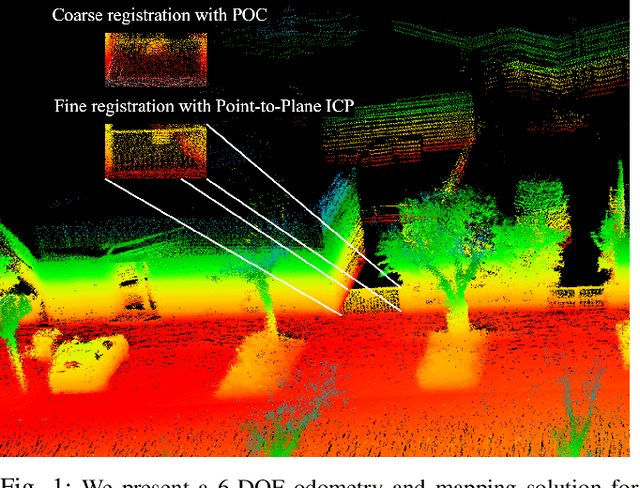
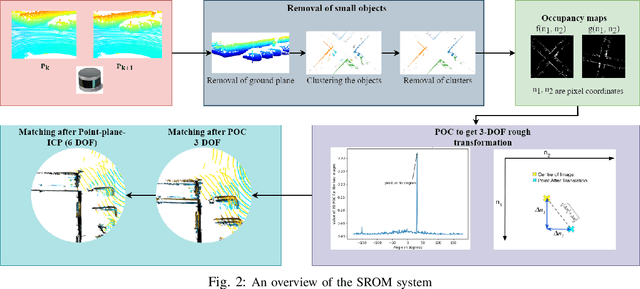
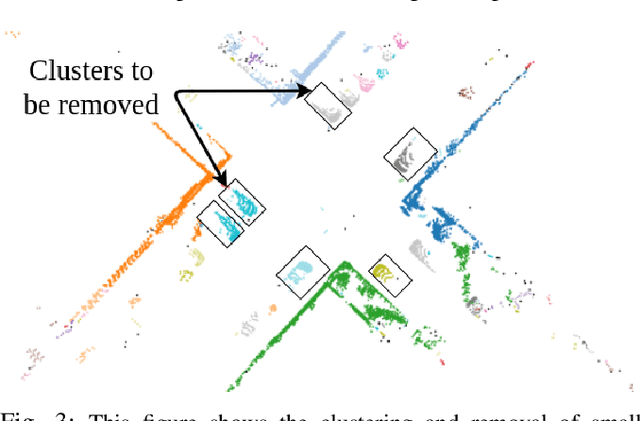
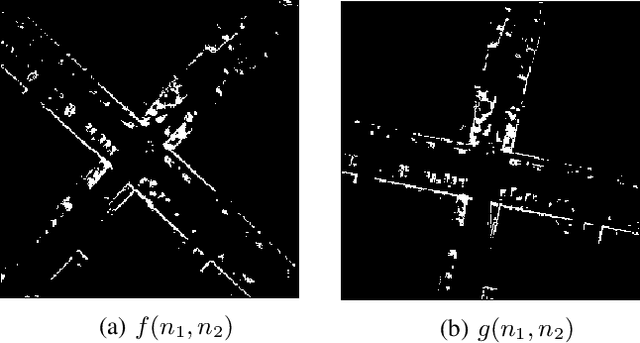
Abstract:In this paper, we present SROM, a novel real-time Simultaneous Localization and Mapping (SLAM) system for autonomous vehicles. The keynote of the paper showcases SROM's ability to maintain localization at low sampling rates or at high linear or angular velocities where most popular LiDAR based localization approaches get degraded fast. We also demonstrate SROM to be computationally efficient and capable of handling high-speed maneuvers. It also achieves low drifts without the need for any other sensors like IMU and/or GPS. Our method has a two-layer structure wherein first, an approximate estimate of the rotation angle and translation parameters are calculated using a Phase Only Correlation (POC) method. Next, we use this estimate as an initialization for a point-to-plane ICP algorithm to obtain fine matching and registration. Another key feature of the proposed algorithm is the removal of dynamic objects before matching the scans. This improves the performance of our system as the dynamic objects can corrupt the matching scheme and derail localization. Our SLAM system can build reliable maps at the same time generating high-quality odometry. We exhaustively evaluated the proposed method in many challenging highways/country/urban sequences from the KITTI dataset and the results demonstrate better accuracy in comparisons to other state-of-the-art methods with reduced computational expense aiding in real-time realizations. We have also integrated our SROM system with our in-house autonomous vehicle and compared it with the state-of-the-art methods like LOAM and LeGO-LOAM.
SVM Enhanced Frenet Frame Planner For Safe Navigation Amidst Moving Agents
Jul 02, 2019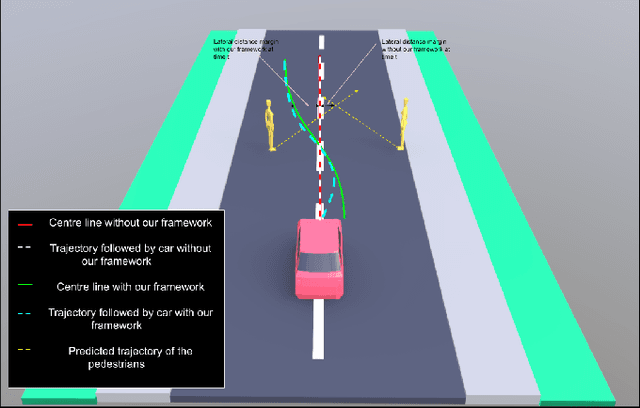


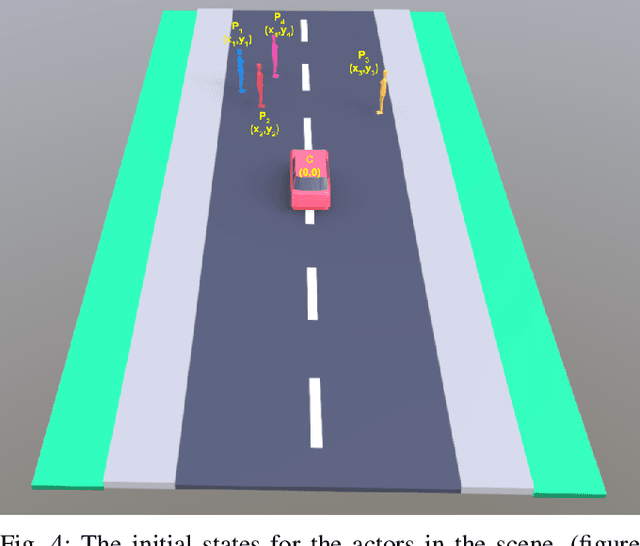
Abstract:This paper proposes an SVM Enhanced Trajectory Planner for dynamic scenes, typically those encountered in on road settings. Frenet frame based trajectory generation is popular in the context of autonomous driving both in research and industry. We incorporate a safety based maximal margin criteria using a SVM layer that generates control points that are maximally separated from all dynamic obstacles in the scene. A kinematically consistent trajectory generator then computes a path through these waypoints. We showcase through simulations as well as real world experiments on a self driving car that the SVM enhanced planner provides for a larger offset with dynamic obstacles than the regular Frenet frame based trajectory generation. Thereby, the authors argue that such a formulation is inherently suited for navigation amongst pedestrians. We assume the availability of an intent or trajectory prediction module that predicts the future trajectories of all dynamic actors in the scene.
 Add to Chrome
Add to Chrome Add to Firefox
Add to Firefox Add to Edge
Add to Edge